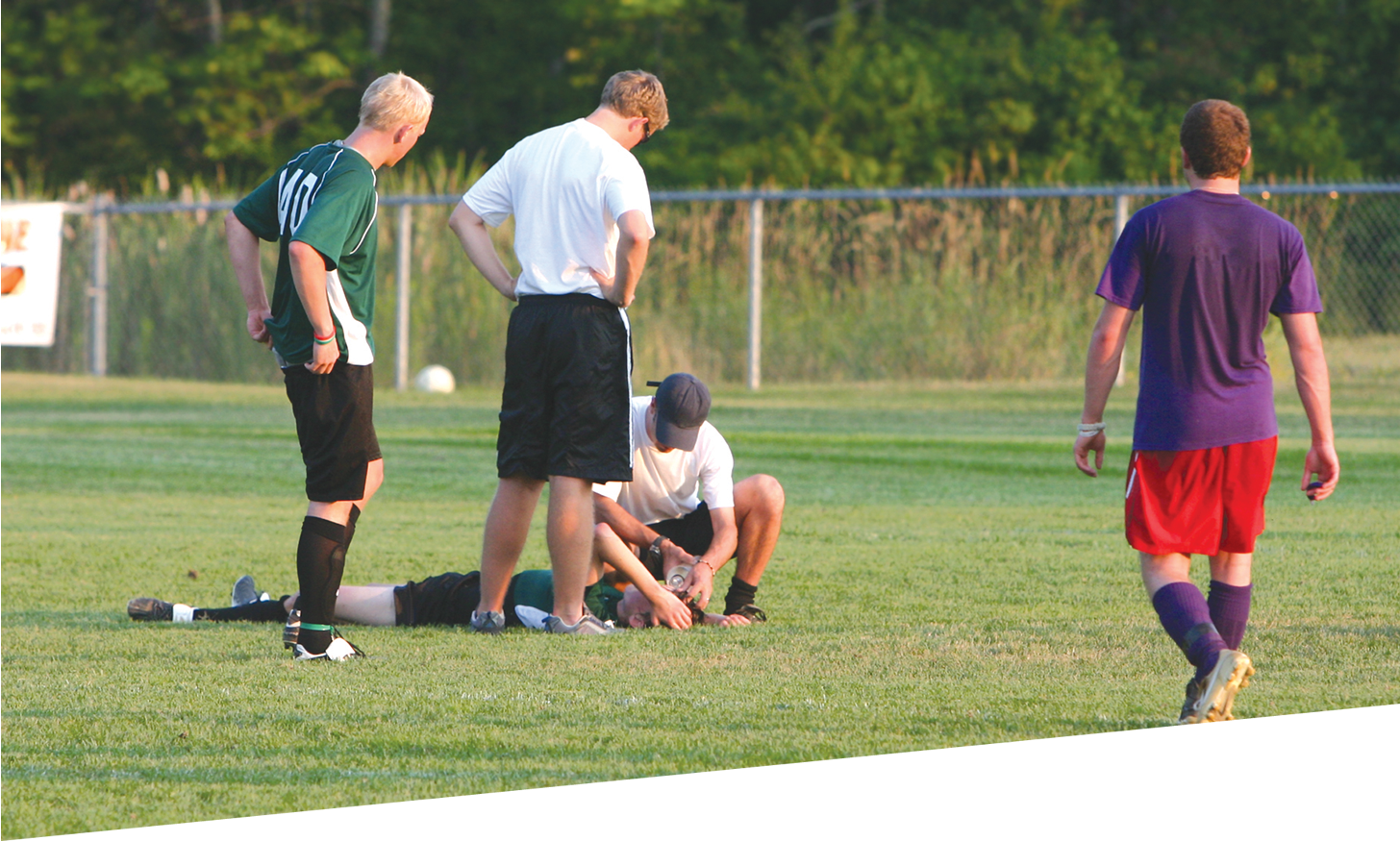A new online toolkit launched by Concussion in Sport Australia provides guidance on how to deal with head injury. Concussion in Sport Australia is a collaboration between the AIS, the AMA, the Australasian College of Sport & Exercise Physicians (ACSEP) and Sports Medicine Australia (SMA).
The toolkit brings together the most contemporary evidence based information on concussion. Australian Institute of Sport Chief Medical Officer Dr David Hughes said teachers and support staff are a primary target audience as they have the most oversight of children apart from parents. They are in the best position to recognise potential symptoms of concussion because they know students well.
The information is not just relevant for PDHPE staff or coaches, as a child can be affected by concussion for days after the injury, or the injury could be sustained during weekend sport.
“The website provides easy to digest information that we suggest all teachers and support staff should familiarise themselves with. Concussion can be challenging even for doctors, as the symptoms can be quite subtle,” Dr Hughes said.
“A student may appear normal but could in fact be still suffering the effects of concussion. There is no blood test or medical imaging scan to diagnose concussion.”
While it may be well known that a child suspected of suffering concussion should avoid contact sports for a period of time, it may not be as well known that too much screen time or doing challenging maths or other cognitive tasks following an injury can worsen concussion.
The toolkit provides a number of useful downloadable resources. The Concussion Recognition Tool 5 helps non medical staff recognise the subtle signs of concussion.
The Return to Learn stepping stones (see below) provides teachers and support staff with important recommendations on how to manage students with concussion.
“There is good evidence that children take longer to recover from concussion than adults,” Dr Hughes said.
“We recommend 14 days symptom free before a child returns to contact or collision sport. Some non-collision exercise in the meantime may assist recovery.
“That means if a student has even minor symptoms two weeks post injury, they should not resume contact/collision activities until another 14 day period of symptom free time follows. No child ever came to harm from missing a couple of weeks of sport, but children can come to harm going back to sport prematurely after concussion.”
Return to learn recommendations
Concussion affects the way the brain functions. Different people can be affected in different ways.
It is common for concussed children or adolescents to have difficulty concentrating and paying attention in class. They may require more time to complete school work.
When a concussed child or adolescent starts to concentrate for long periods, ‘cognitive load’ on the brain can bring on or worsen the symptoms of concussion.
Gradually increasing the load on the brain without provoking symptoms is recommended.
During recovery from concussion, it is recommended that students avoid:
• physical activity: PE classes, school sport and playground activity
• extensive screen time, including computer use, texting, video games, television, and
• loud music and music through headphones.
Concussion in Sport Australia emphasises that ‘return to learn’ takes precedent over ‘return to sport’. Children should not return to full sporting activities until they have been fully integrated back into normal learning activities.
Ways to help students in the classroom recover from concussion include:
• regular breaks from class
• shortened school day
• postponing exams, and
• additional time for exams, assessments and to complete tasks in class.
More details: concussioninsport.gov.au








































































































































